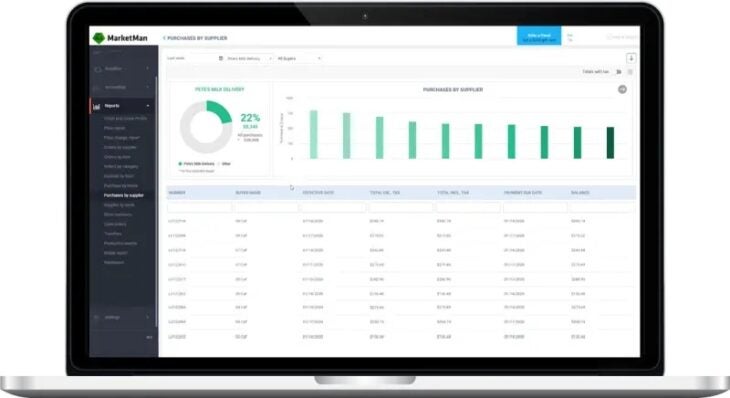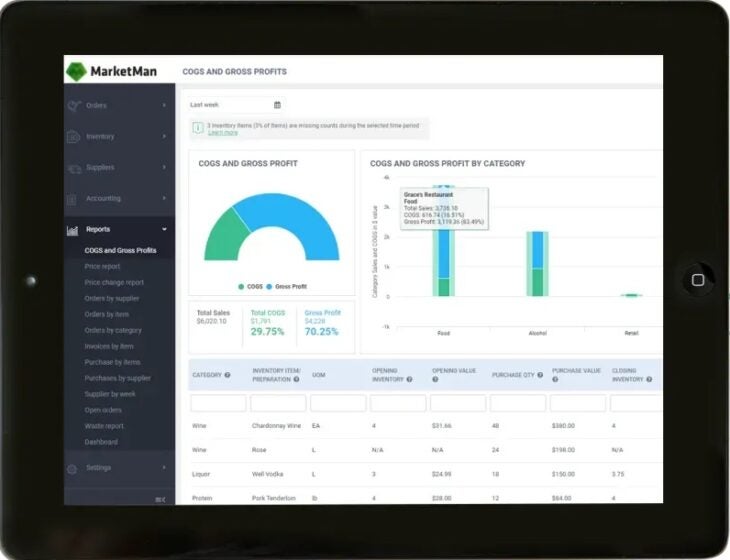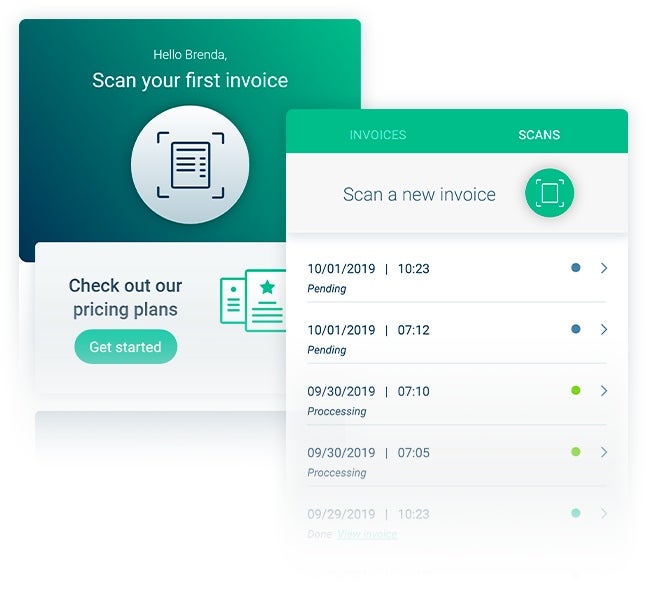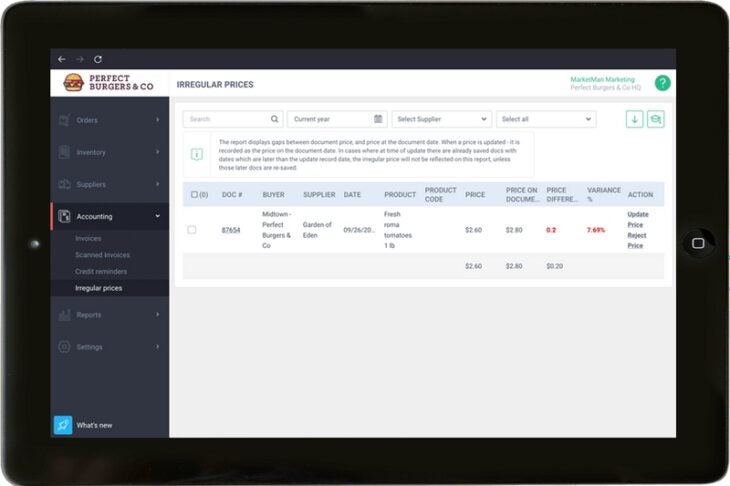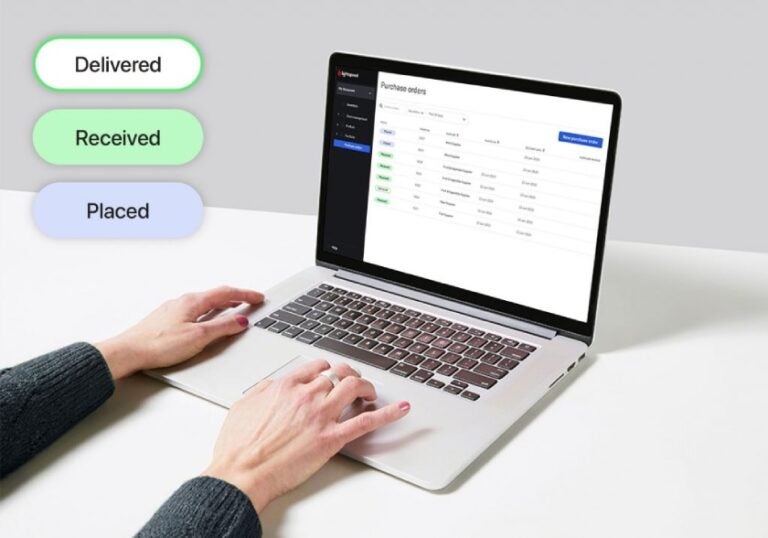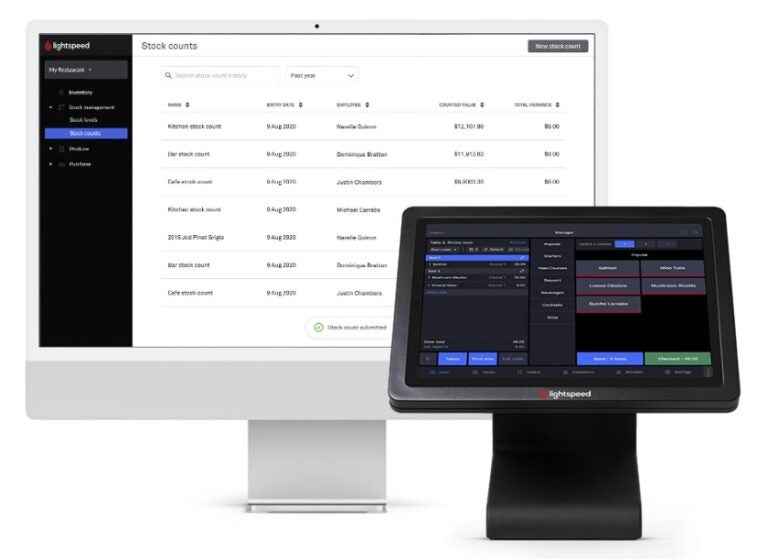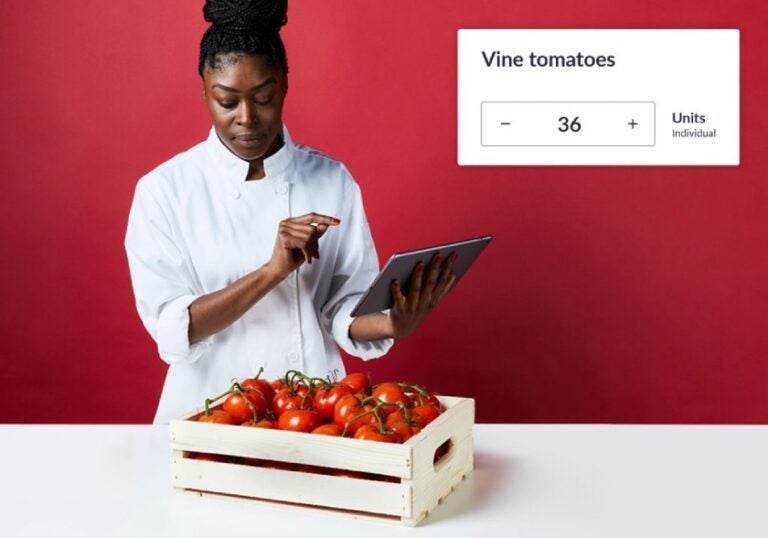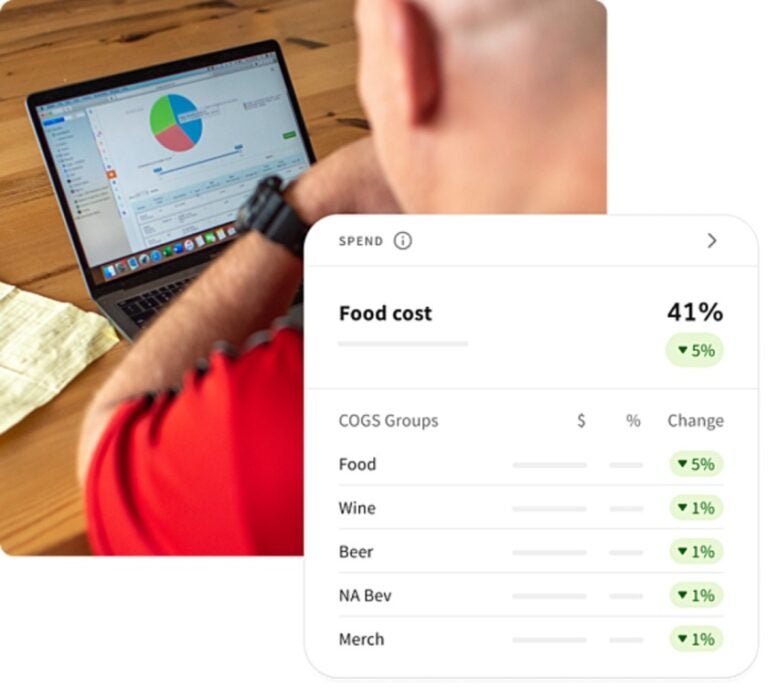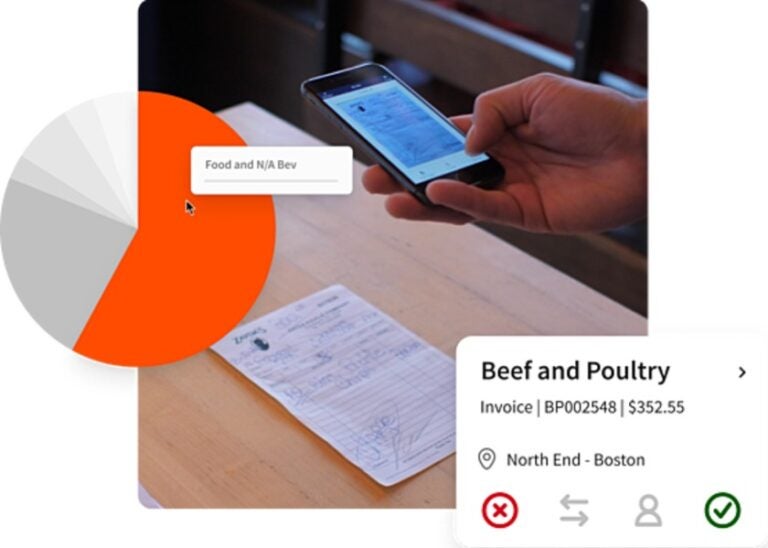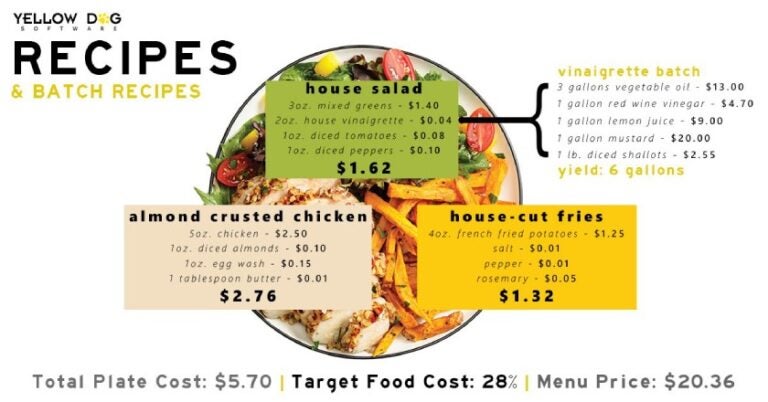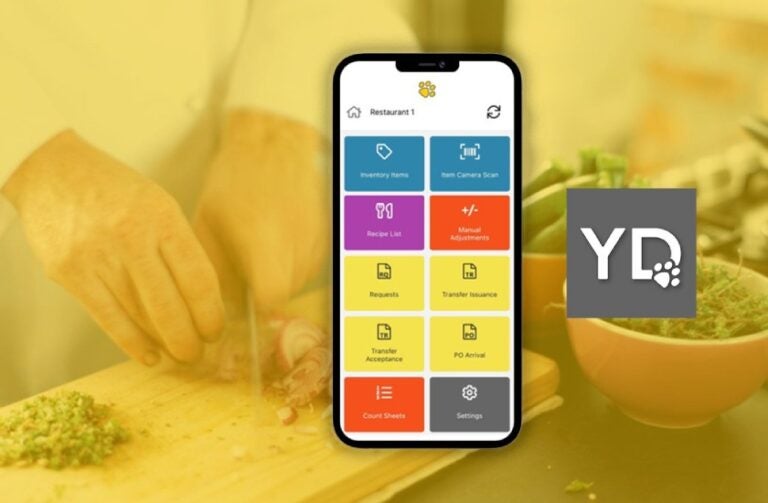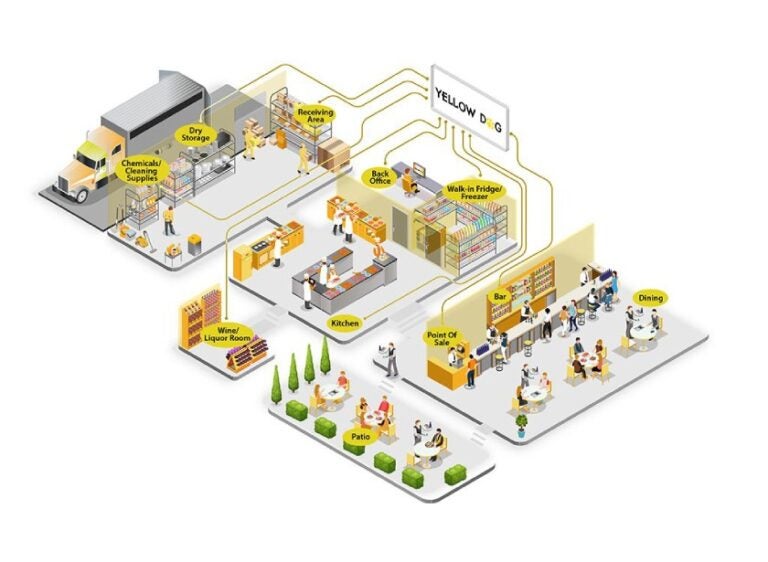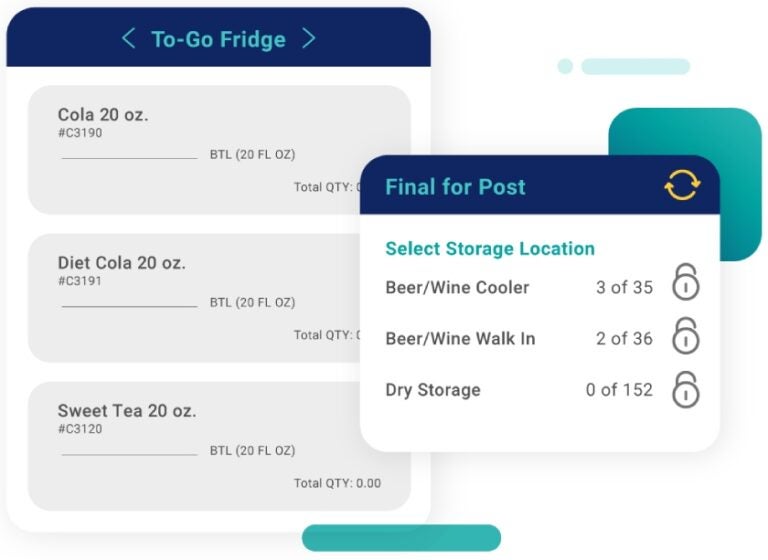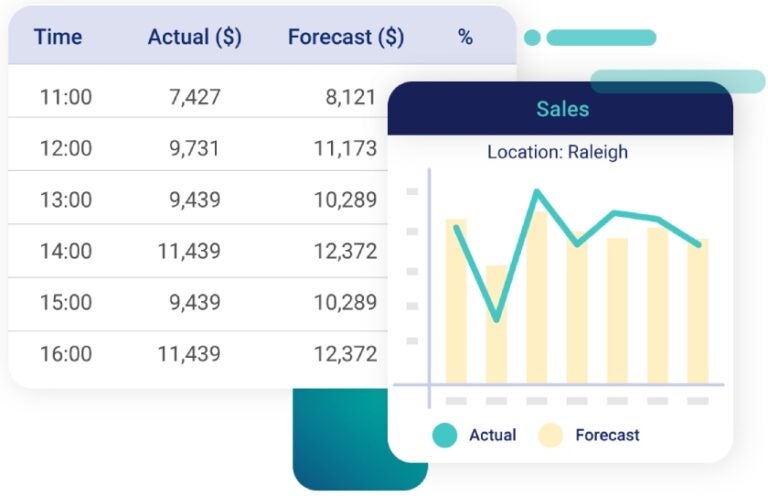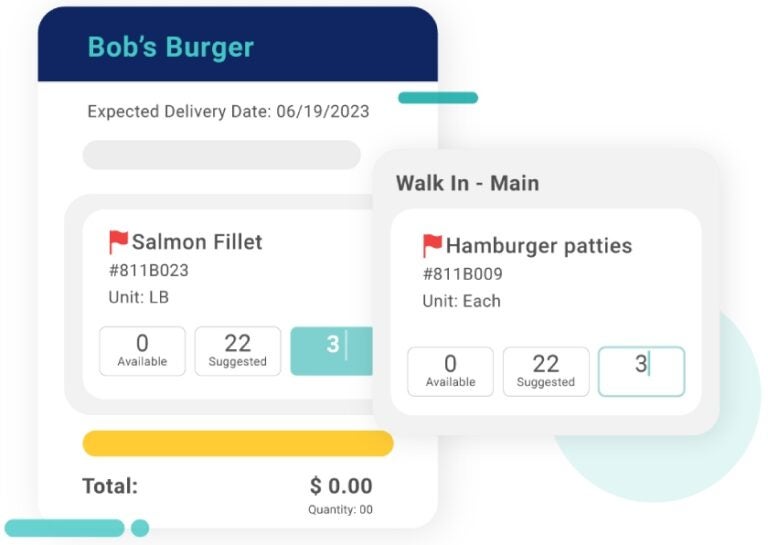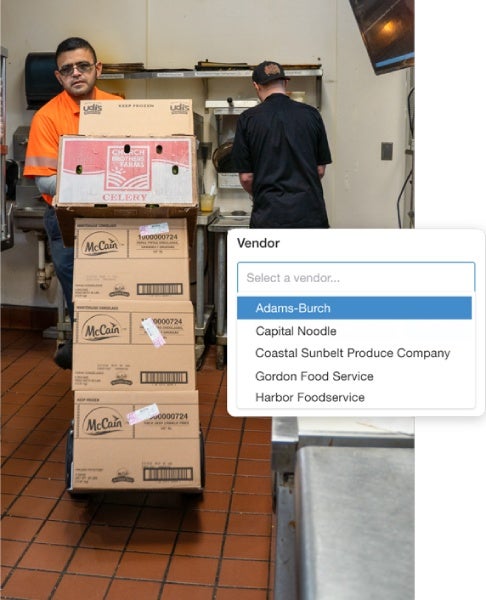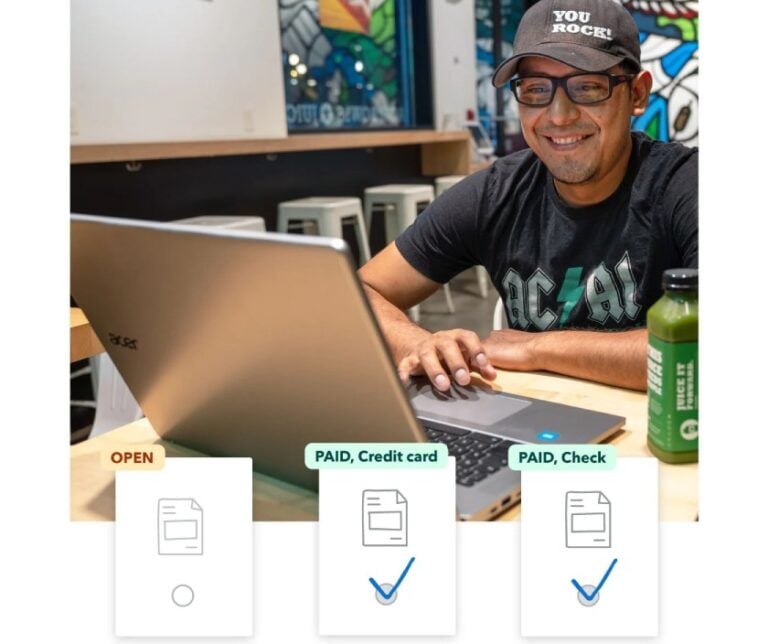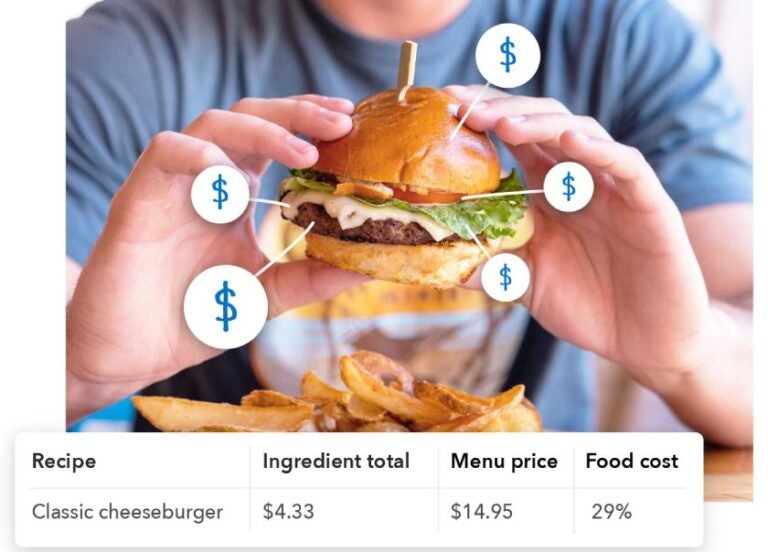Restaurant inventory management software saves hours of admin work, provides crucial information on your par levels, and even alerts you to pricing changes for goods. These systems enable proper inventory management, which keeps costs down, products fresh, and guests happy. The best restaurant inventory management software systems sync with or are built into point-of-sale (POS) systems.
- MarketMan: Best overall restaurant inventory management software
- Lightspeed Restaurant: Easiest to use POS-built inventory
- xtraCHEF by Toast: Best for rebates
- Crunchtime: Best for overall cost control
- Yellow Dog: Best for catering businesses & pour-limited bars
- MarginEdge: Best for smaller restaurants
Restaurant inventory management systems compared
| My score | Minimum monthly cost | Contract length | Management EDI | |
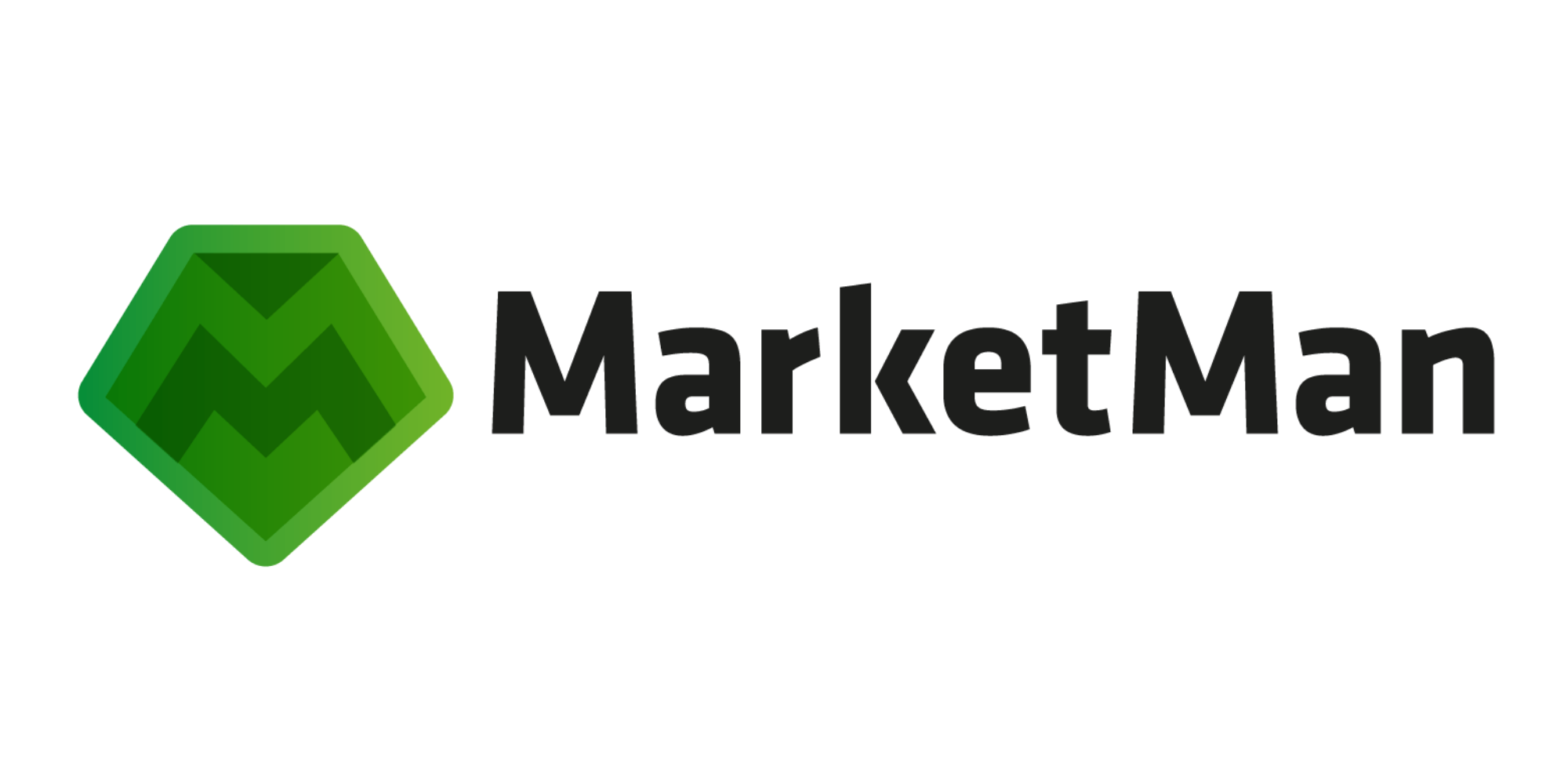 | 4.85/5 | $199 | Month-to-month or 1 year | Yes |
| Visit MarketMan | ||||
 | 4.74/5 | $189 | 1 year | No |
| Visit Lightspeed | ||||
 | 4.69/5 | $149/feature* | Not disclosed | Yes |
| Visit xtraCHEF | ||||
 | 4.51/5 | $99/user* | Month-to-month or 1 year | Yes |
| Visit Yellow Dog | ||||
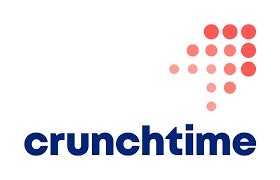 | 4.43/5 | Custom quote | 1 year | Yes |
| Visit Crunchtime | ||||
 | 3.93/5 | $330/location | Month-to-month | Yes |
| Visit MarginEdge | ||||
All providers’ mobile systems work on iOS and Android.
*According to third-party sources
MarketMan: Overall best restaurant inventory software
Lightspeed Restaurant: Easiest to use POS-built inventory
xtraCHEF by Toast: Best for rebates

Pros
Cons
Yellow Dog: Best for catering businesses & pour-limited bars

Pros
Cons
Crunchtime: Best for overall cost control

Pros
Cons
MarginEdge: Best for inventory management for small restaurants

Pros
Cons
How to choose a restaurant inventory management software
Choosing a restaurant inventory management software is an important task that helps set your business up for success. This type of software alleviates your business’s many administrative tasks, making it easy to know how much product you have on hand. This, in turn, gives you better control over costs and a better way to serve your customers.
Review the steps you should take when deciding on the best inventory software for your restaurant.
Step 1: Assess your current POS and budget
If you’re using a POS system, chances are they may have an inventory software built in. For example, you already have the tool to track inventory if you use Toast or Lightspeed Restaurant. If your POS has subpar inventory management software, assess how much you’re willing to spend to have this service for your restaurant.
Step 2: Account for the size of your business
The next step is to understand the size of your business to pick the right software. For example, if you manage many commissary kitchens, choosing a service like Yellow Dog is a good bet for the best functionality. If you do not need many multiunit tools, software such as MarginEdge may be a better fit.
Step 3: Determine the support you may need for setup
Some restaurant inventory management systems offer extensive support for setup and use, while others may only provide the bare minimum. For example, MarketMan features robust setup support and can be great for those new to inventory tracking software. Your comfort with using this type of technology and what each company offers regarding support will dictate which one you decide to commit to.
Step 4: Determine your ideal contract length
Some restaurateurs may decide not to commit to inventory management software for an extended period. Awareness of the time commitment to the software you’re considering is key. Taking advantage of free trials to see what tools truly matter to your business is a great way to find the best software.
Step 5: Use your chef community
When choosing inventory management software for your restaurant is to ask your local chef community what they use. Getting recommendations from chefs who run businesses similar to yours can give you a key understanding of which services may be the best fit. Using your local chef community is always a great idea for getting firsthand recommendations.
Step 6: Align with the features you need
The last step in choosing the best inventory software management system is ensuring that it offers the features you need to be successful. For example, if you require barcode scanning, you need to choose a system that supports this inventory tracking feature. When you choose the system that offers your desired features, you are making an investment that truly meets the needs of your business.
How I evaluated the best restaurant inventory management systems
I have worked with many different inventory software systems and managed a restaurant without one. Without this software, hours of work are added to your plate, and I simply could not imagine not using software like this in restaurant management. That said, I considered the following criteria to rank the different software providers in this guide.
Pricing: 15%
Free trials, contract length, contract pricing, and installation fees all affected how pricing was graded. Furthermore, the cost of integrating a POS system and the overall cost a business would incur when using the software were considered.
General features: 30%
These included live sales tracking, count sheet accessibility, cloud access, low-stock alerts, outside tech integrations, and more. The features in this section should be ones that every modern inventory software should account for.
Advanced features: 30%
Advanced features considered in this review included barcode scanning, mobile count abilities, order forecasting, vendor management, and EDI integrations. These advanced features separate basic software from those that are more tailored to successful restaurant operations.
Ease of use: 15%
Ease of use was determined by customer service hours, online support, provided training, and the ease of setup for each software.
Expert score: 10%
User reviews determined the expert score, the value compared with the software’s cost, the general functionality of the whole product, and the service’s popularity in the industry.
Frequently asked questions (FAQs)
Below are the most commonly asked questions users have when it comes to restaurant inventory management systems.
Last bite
Finding an inventory management software that works for your restaurant can be the key to unlocking savings and improving your overall operation. The best inventory management software systems give you a detailed view into your par levels and ingredient pricing and relay to your staff when orders need to be placed.
MarketMan offers all of these features and more, and it continues to be the leading inventory management software for restaurants. With plenty of features to keep your inventory on track, we suggest it as the best for restaurants that need to manage their inventory.

